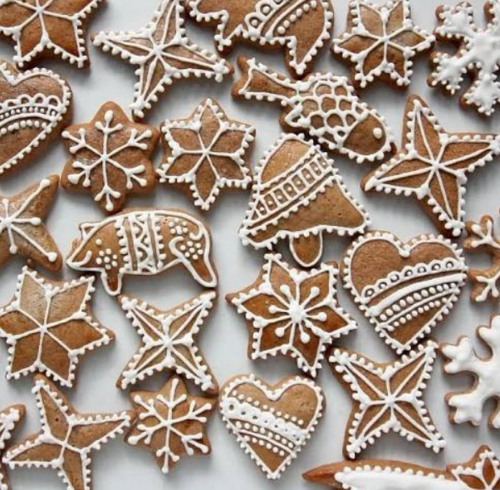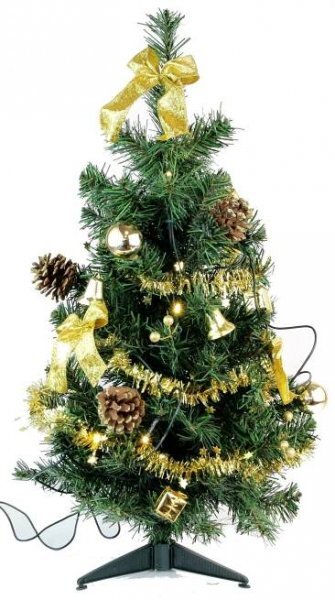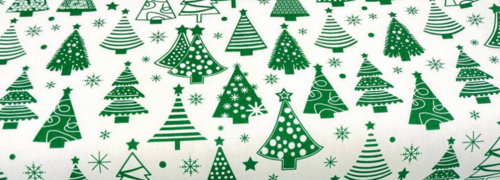

Czech Christmas traditions
have much in common with the traditions in middle Europe.
The Christkind (pronounced [ˈkʁɪstkɪnt] German for '"Christ-child"'), also called Christkindl, is the traditional Christmas gift-bringer in Austria, Switzerland, southern and western Germany, the Czech Republic, Croatia, Liechtenstein, Luxembourg, the eastern part of Belgium, Portugal, Slovakia, Hungary, parts of northeastern France, Upper Silesia in Poland, parts of Hispanic America, in certain areas of southern Brazil, and in the Acadiana region of Louisiana.
From Wikipedia:
Ježíšek (the Baby Jesus) is the Czech-language name for the Christkind Christmas figure. There is no accurate description of Ježíšek. He has been depicted as a baby, toddler, and young lad. Some even consider him simply as an abstract figure. According to tradition, Ježíšek makes his appearance on Christmas Eve. In some families, Ježíšek is said to bring the Christmas tree and the gifts, while the elders do it in secret. In other families, the Christmas tree is decorated collaboratively with the children.Christmas gifts are delivered and unboxed on Christmas Eve (24th December).
The tradition of Ježíšek has been observed by the Czechs for more than 400 years.

On the other hand the inherent Christmas tree is a very young tradition from a historical point of view. For the first time a Christmas tree appeared in the Czech lands at the beginning of the century before last, in 1812. In his apartment in Prague, the director of the Estates Theatre, Jan Karel Leibich, decorated it in the salon. The Christmas table, to which he invited the actors and their wives, was dominated by fir trees with ornaments and candles. He attracted a lot of attention, and the rumor about him spread all over Prague. Already the next year he appeared in many townspeople's homes.

It began to spread to the village almost a hundred years later, when the first mentions are from the beginning of the twentieth century from Moravian Wallachia. However, it was still not the tree as we know it today. In the villages, as a rule, it was hung upside down over the Christmas table and decorated mainly with apples, nuts, later gingerbread.
In the twentieth century and now as well traditional meal on Christmas Eve is
fish soup, breaded carp and potato salad, sometimes as a next course black carp - in sweet black sauce made of black beer, dried plums, raisins, almonds etc. and on top of course sweet and nicely decorated Christmas cookies.

Christmas Eve and night were for our ancestors a time when the boundaries between the earthly and supernatural worlds were blurred, when it was possible to look into the future and possibly influence it.
We do not forget that under the tablecloth or under the soup plate belongs a fish shell, otherwise you will not get rich next year.

MERRY CHRISTMAS
Margaret
